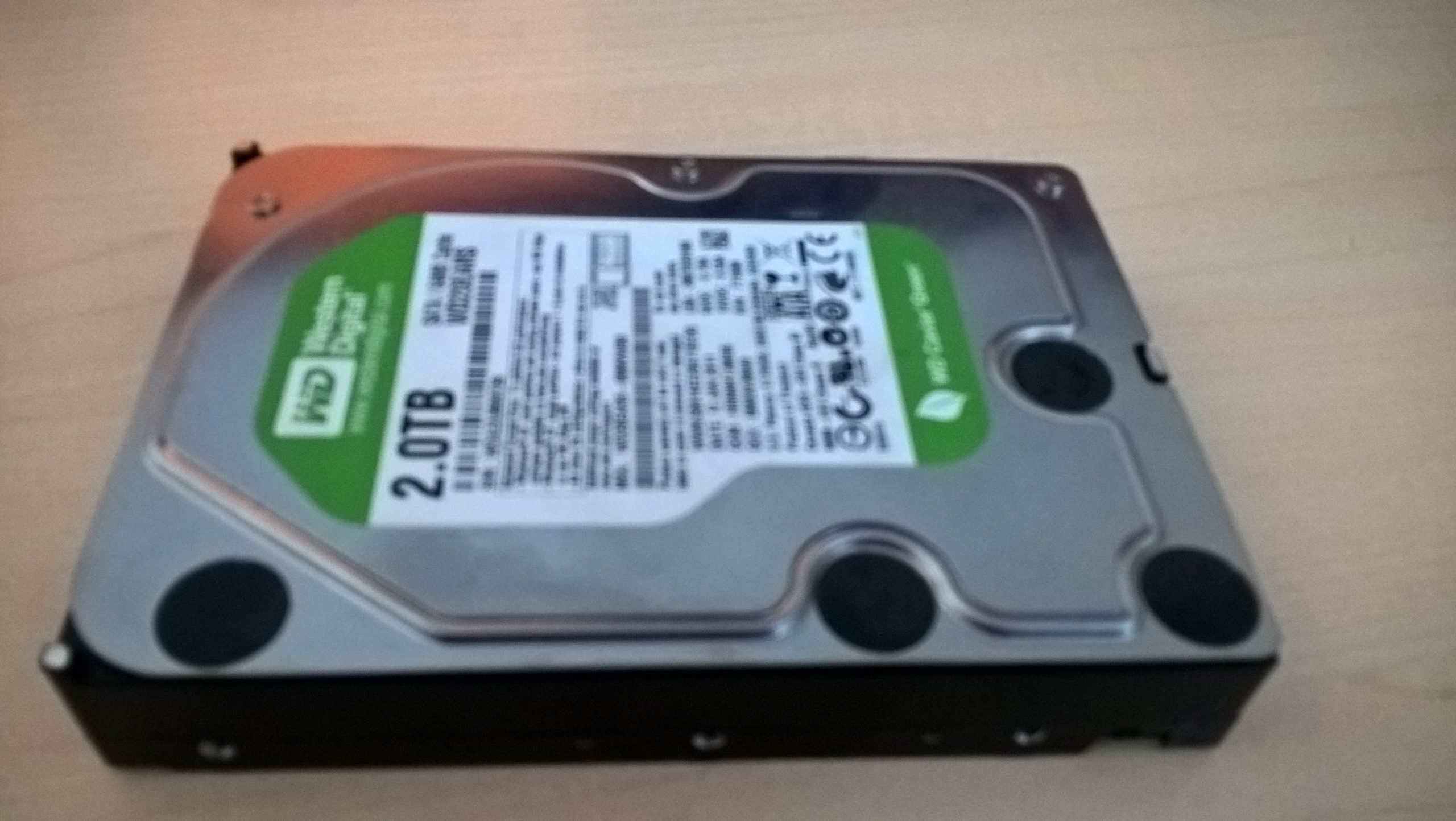Navigating the Challenges of Selling a Delidded CPU: A Cautionary Tale
Selling high-performance computer components can sometimes result in unexpected challenges, as I recently discovered after parting with my delidded Intel i7-7700K. This experience not only emphasized the importance of clear communication but also highlighted the responsibilities that come with selling specialized hardware.
When I decided to sell my delidded i7-7700K, which features a 4-core, 8-thread setup, I took substantial measures to prepare the buyer for the intricacies involved in handling such a delicate item. I created a comprehensive instruction manual that spanned over 1,700 words, including links to various guides and video tutorials aimed at ensuring a smooth installation process.
I supplied the CPU with a portion of Thermal Grizzly Conductonaut that I had previously used and included a third-party 100% copper Integrated Heat Spreader (IHS). I was upfront with the buyer about the essential application process, stressing that he would need to procure additional liquid metal if my initial supply proved insufficient for optimal coverage.
Unfortunately, despite my detailed warnings and advice, the buyer proceeded without following the recommended procedures. He applied liquid metal only on the die and neglected to use it on the IHS, then began running demanding games without checking CPU temperatures, going against my guidance.
Initially, he reported that only 2 cores and 4 threads were being recognized in both Task Manager and CPU-Z. However, his BIOS displayed the processor correctly, leaving us to wonder if he had inadvertently damaged his CPU. After ensuring that his BIOS settings were correct and that he had the latest version installed, the situation took a promising turn.
Upon another review of my instructions, the full 4 cores and 8 threads finally appeared, which brought a sense of relief. However, his idle temperatures raised some red flags. I weighed the options: I believed he should reapply the liquid metal—this time on both the die and IHS—as I had previously stressed—but I worried that he might exacerbate the situation if he mishandled the processor again.
Despite expressing my concerns, I acknowledged that I had fulfilled my duty as a seller by providing a fully functional CPU and extensive instructions on usage and care. The responsibility ultimately lay with him to follow these guidelines.
In a follow-up conversation, I advised him again about his temperatures, which, while within Intel’s safety limits, appeared higher than I would have liked. I reiterated my
Share this content:



